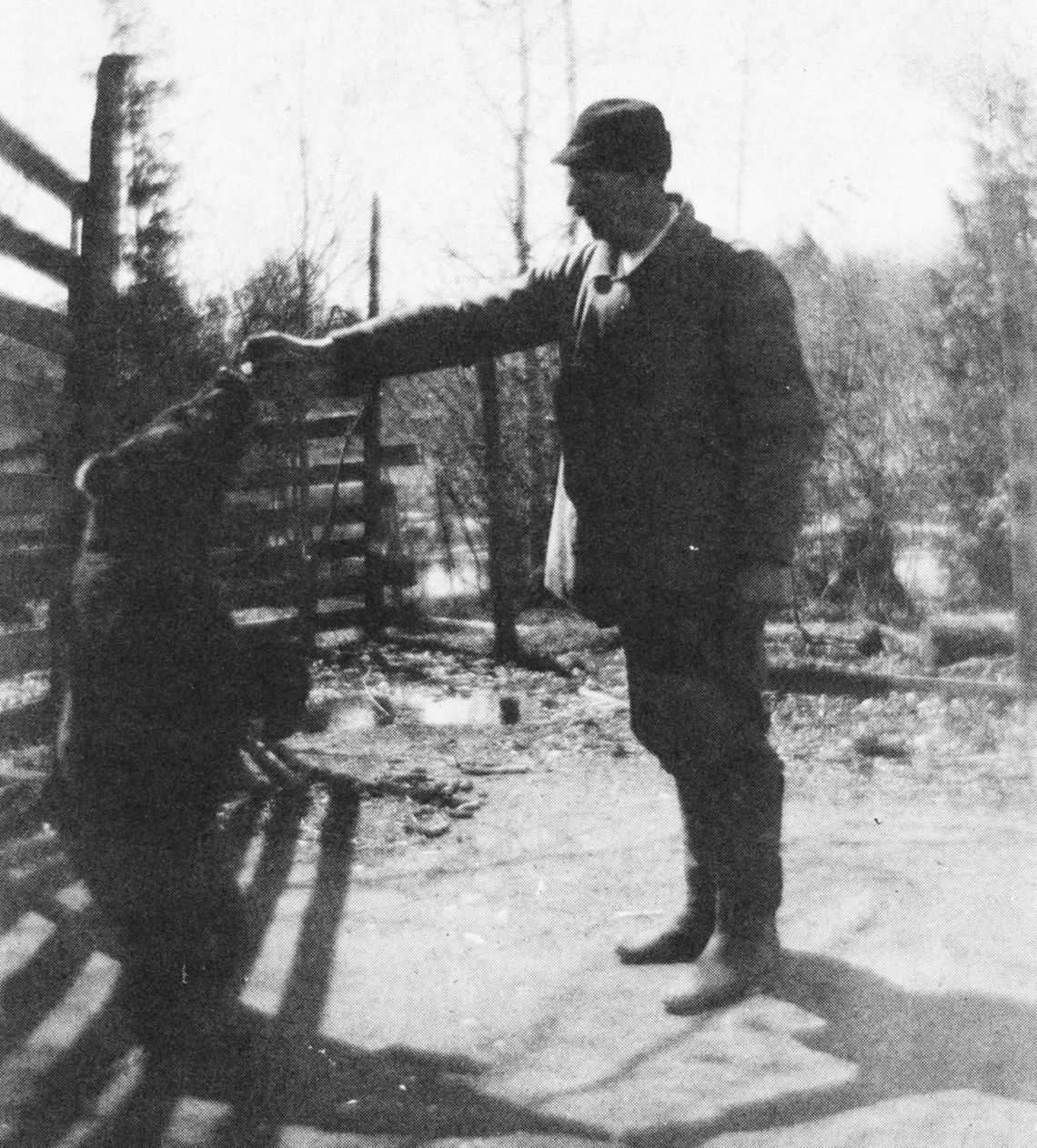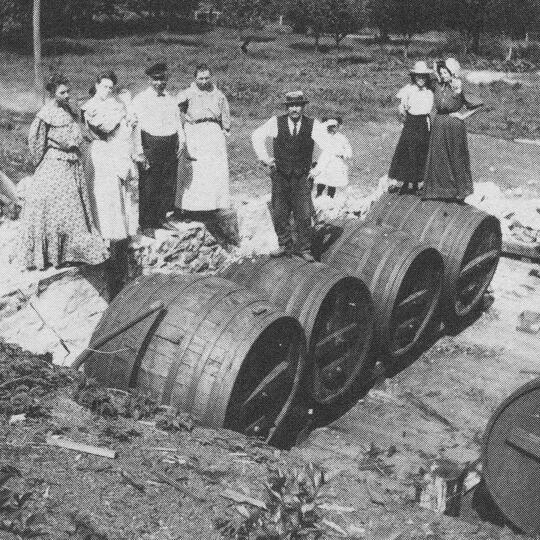The following is an excerpt from “Meet Me At The Dock in Greilickville, Grand Traverse Bay” by author Kathleen Firestone.
Copies of her books are available at local book stores or directly from her.
Pioneer woman, Nancy Norris, died in 1873. Now, both parents were gone, and it was up to the sons of Seth and Nancy Norris to continue making this settlement a good place to live.
In 1876 Charles Norris and his brothers John and Martin and their wives donated a half-acre of land to School District #6 for a school on the north side of present Cherry Bend Road, next to M-22. Until 2008 the Norris School educated children of the growing area.
Reuben Goodrich, on May 15, 1869, had received Military Warrant from the U.S. Government. One-hundredsixty acres were received with the names of Reuben Goodrich, Dewitt C. Leach, Thomas T. Bates, Sarah Green, and Daniel Jacobs, for and in Section 17 of Elmwood Township, near the properties of Norris and Greilick. But there was no shoreline included in the property, and Goodrich, being a land speculator, also wanted shoreline.
He soon received property where an old dock had been owned by Germaine Cutler of Hannah, Lay and was situated on the south side of a small stream outlet in Section 33, Elmwood Township.
Reuben Goodrich served the appoint of Receiver in the sale of public lands in the Traverse City District, at times during the 1860s and 1870s.
In late summer, 1874, Goodrich was working to build a dock there, not far from the Grand Traverse County border. Godfrey Greilick was hired to supervise the building of Goodrich’s new dock, being the designer and builder that Greilick was. But what began as a promising day of progress ended in tragedy. As Greilick bent down to examine the area near the pile driver, the driver’s large hammer dropped and struck Greilick on the back of his head. He was killed instantly.
This 63-year-old man who had left his homeland, traveled across the ocean, built mills and highway bridges, and had raised a daughter and a family of young men, was suddenly gone. The loss would surely have been devastating to his wife Theresa and to their children.
According to a newspaper report of Greilick’s death, “His funeral took place at the residence of his son, John, and was one of the largest we have ever known in this place,” and “Mr. Grelick possess a good degree of mechanical talent, and was one of the most industrious, energetic and persevering men we have ever known.”
The Greilick’s family businesses were well-established and continued to thrive. Greilick’s original sawmill ran until 1877, when the sons built a water-powered sawmill and soon added “one of the best docks on Traverse Bay.” The dock extended 300 feet into the water, and much of the Greilick lumber helped to build Traverse City, next to Greilickville.
In 1875 Albert Norris’ brickyard was sold to James W. Markham, who quickly increased the labor force and brick production at Norristown.
The Norristown name was changed to Norrisville, in 1882, since there was already a Norristown in Pennsylvania and no two post offices in the United States could have the same name. But Norrisville didn’t last long. The place soon became Greilickville.
By 1883 there were nearly 40 employees at the Markham Brickyard, with three million bricks produced, increasing to four million in 1900. Many cords of wood were needed to fire the kilns, and sawyers and teamsters worked year-round to cut trees and deliver wood from nearby forests. Several buildings in and around Traverse City were built with bricks from the Markham Brickyard, including the City Opera House in 1892 and Northern Michigan Asylum in 1900. In 1902, 700,000 bricks were shipped by boat to Manistee.
A walk around Manistee today displays many brick buildings, the same as in Traverse City.
Professional tanner John Foote had been hired by Charles and Martin Norris in 1870, and around 1883 Foote bought their C&M Tannery. He formed the company John Foote & Sons and improved the operation by adding steam power, with plans to tan five-to-ten thousand hides per year. John Foote had learned the tanning business from his father and had worked in that business since age 16.
When their brewery was sold in 1877, the Greilicks began investing in boats to aid their own business and the interests of others. They rebuilt the schooner Minnehaha and the tugs Drisco and the Charles C. Ryan.
In 1881 Greilick Brothers bought one-half interest in the Carr & Fox sawmill at Suttons Bay and were also supplying logs for Darrow’s mill on Carp Lake. In 1883, The Greilicks cut 8,500,000 feet of hardwood lumber from Leelanau forests.
Hannah & Lay Company of Traverse City was the largest operator on the west arm of Grand Traverse Bay, but Greilick Brothers was a close second.
Wood products from all over Leelanau County were processed in Greilickville.









